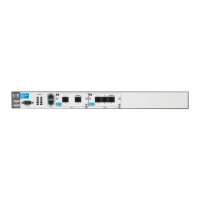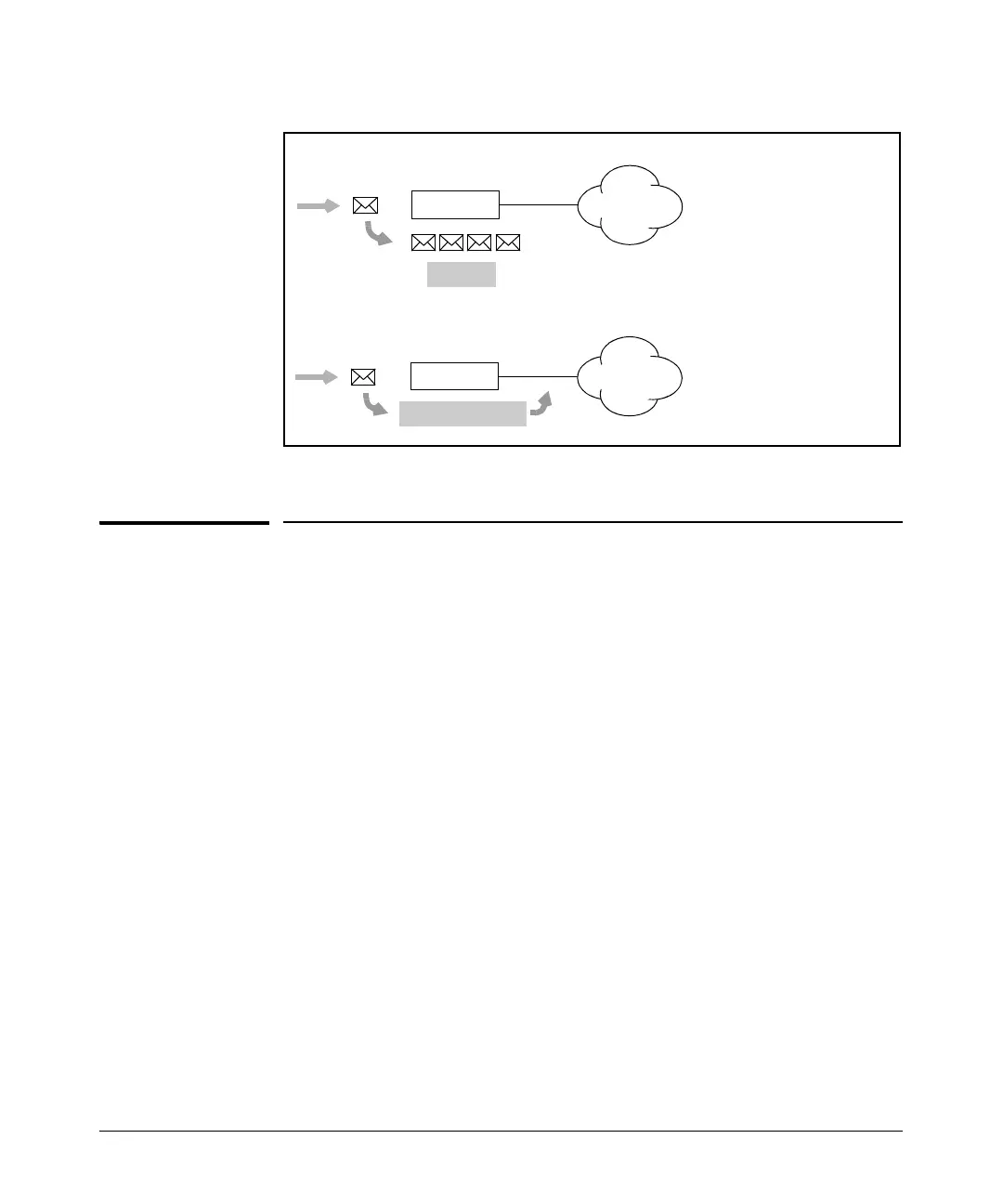11-13
IP Routing—Configuring Static Routes
Configuring Static Routes
Figure 11-2. Fast Caching Versus Process Switching
Configuring Static Routes
Overview
A static route is a route that you add manually to a routing table. You can
construct a router’s entire table manually. (The table will also automatically
include directly connected networks with a metric and an administrative
distance of zero.)
When you use static routing in exclusion of other routing protocols, the router
will not share its routing table with other routers. This means that the hosts
serviced by this router will only be able to reach a destination if you add an
entry for that destination. In large and complicated networks, configuring
static routing can be prohibitively time-consuming and cumbersome. How-
ever, in a relatively uncomplicated environment with few subnets, you can
quickly configure the necessary routes while maintaining tight control over
your network.
Static routing is best suited for networks that have:
■ a simple topology and a single router at each site
■ a single destination for traffic—for example, to an Internet service pro-
vider (ISP)
■ only one path for IP traffic
Internet
Router
Internet
Router
Fast-cache table
Queue
Fast caching
Process switching

